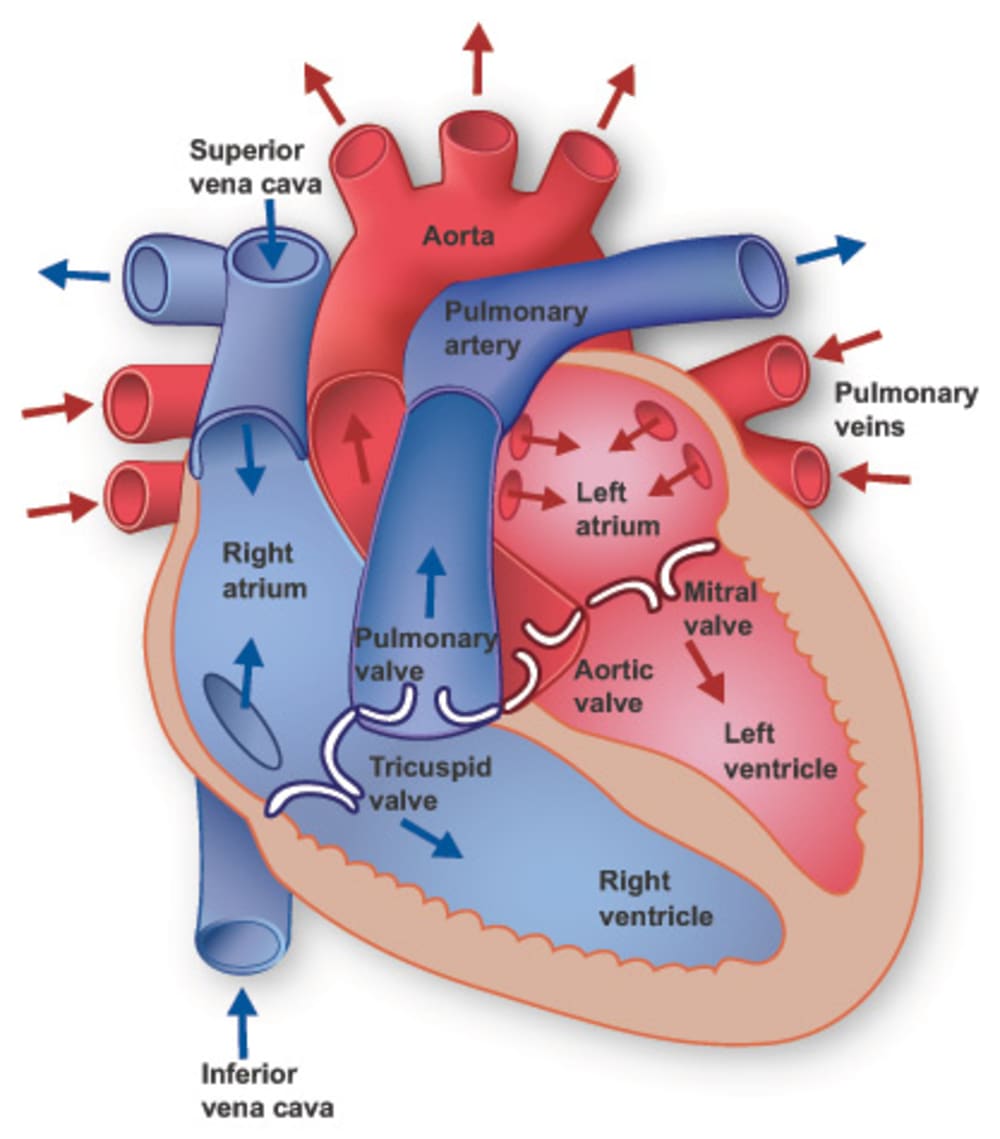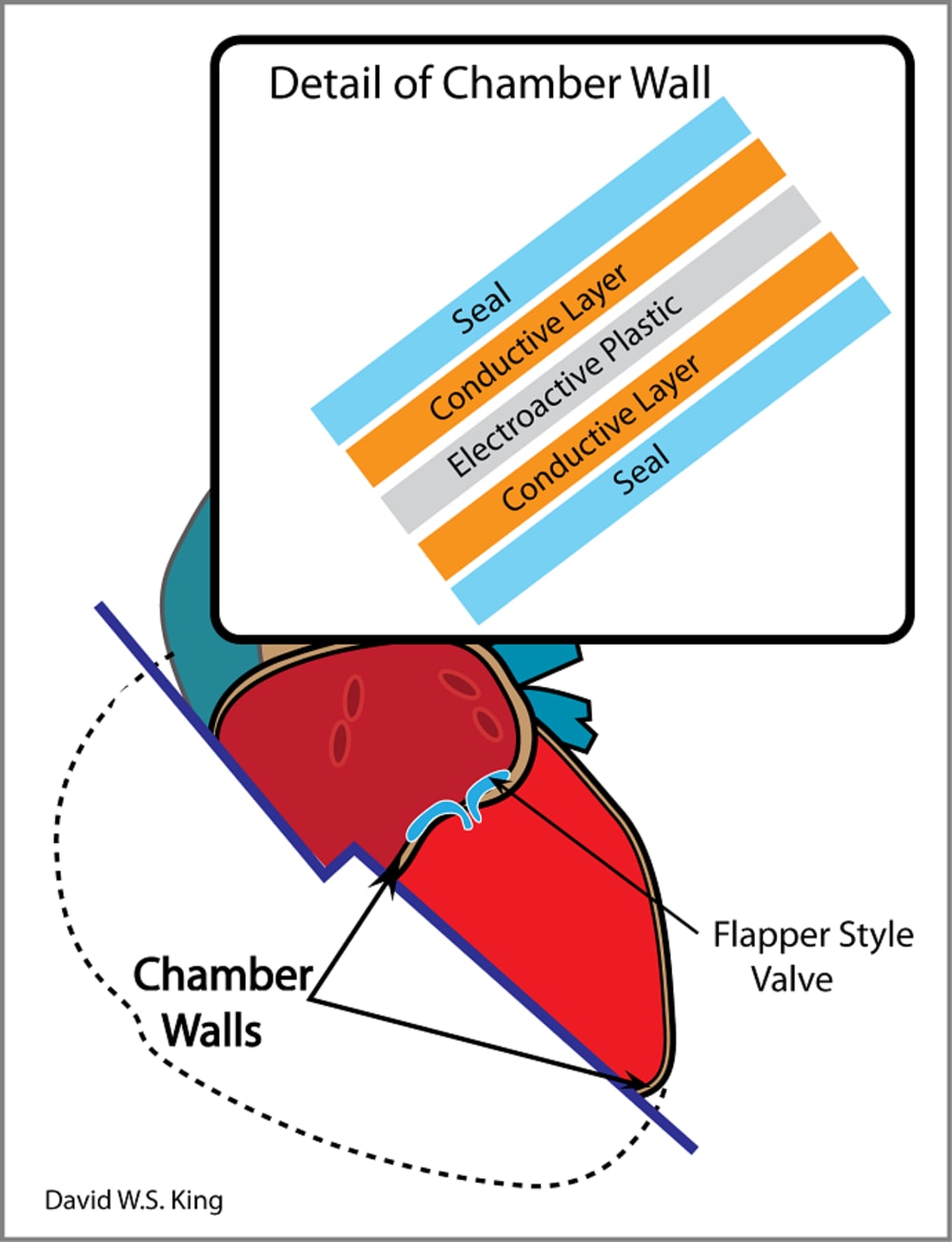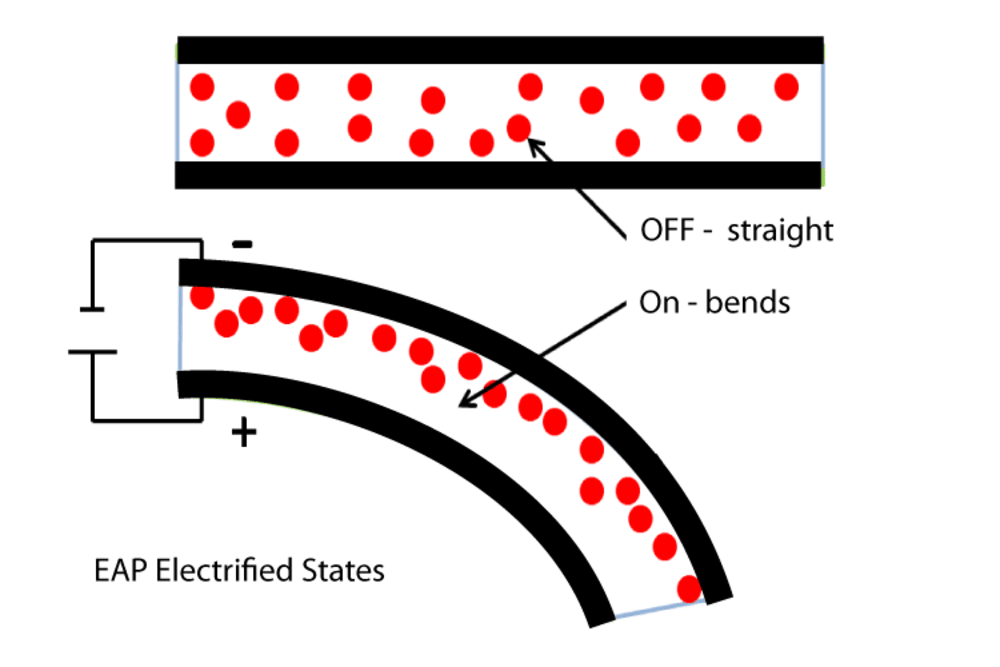This is a device intended for use as a external ventricular assist device or as a direct cardiac replacement. The current state of the art consists of air powered heart pump devices. This device is electric and runs on a battery.
This device can create a future for those people suffering from cardiac issues. Approximately 40% of people on a transplant waiting list perish, often from a lack of suitable donors or tissue compatibility issues. Also consider newborn babies or smaller kids who are simply too small for donor hearts to fit. This device could give them a future.
My original design in the 80’s made use of metal artificial muscle materials. Unfortunately these required far too much power. Within the last two years, a type of artificial muscle showed promise as a replacement for the metal muscle. This has very low power requirement, very quick cycle time, and doesn’t wear. This plastic is called electro active plastic (EAP). When you apply electricity to the plastic it reacts by what is seen as a twitching or contracting motion. Unlike the metal that was used as individual wires, EAP can be molded to shapes and still function. It can also cycle several times faster than normal pulse rate. Using an oxygen sensor this allows changes in rates such as when exercising.
One of the outstanding benefits of this material is that it provides for natural pumping action. Current models use a ball cup cage valve design that can cause blood clots or kill blood cells. The EAP heart action allows for a more natural valve which does not cause damage. This valve design incorporates high strength durable materials which could allow it to be 3d printed. The EAP valves are passive and function similarly to a natural heart valve. These valves could also be used for everyday heart valve replacements.
The design of the heart consists of a plastic support core, valves, and a surrounding cover that is the EAP materials and conductive areas. The plastic core is the support structure that allows the EAP something to work against. It also contains passages and pockets for the valves. As this is plastic it can be re-sized easily to better fit the recipient. The valves are two parts and have a lower attachment ring and the actual valve material. The EAP layer consists of a central core of the actual EAP with outer conductive layers. This also has additional layers of material to seal the EAP and provide the intake and exit ports for attachment. Power for the device can be provided by pacemaker devices or by incorporating a small battery pack and control unit.
The EAPH has been an overnight design lasting 30 some years. Until recently the idea was just too far in front of suitable materials. Now it this can be built. It could be saving the lives of our loved ones and giving a future to those that would have never stood a chance.
Video
Like this entry?
-
About the Entrant
- Name:Dave King
- Type of entry:individual
- Software used for this entry:Solidworks and Comsol, pencil paper and crayons
- Patent status:pending








